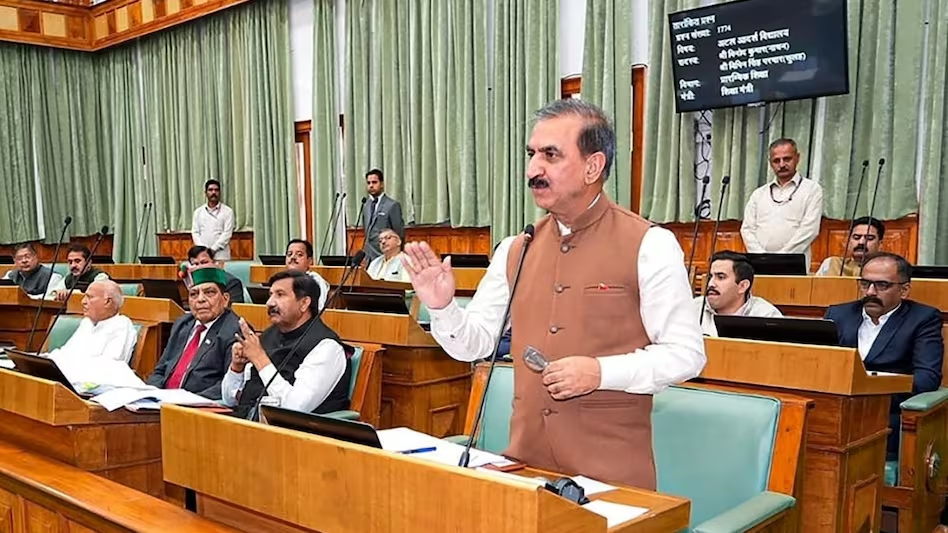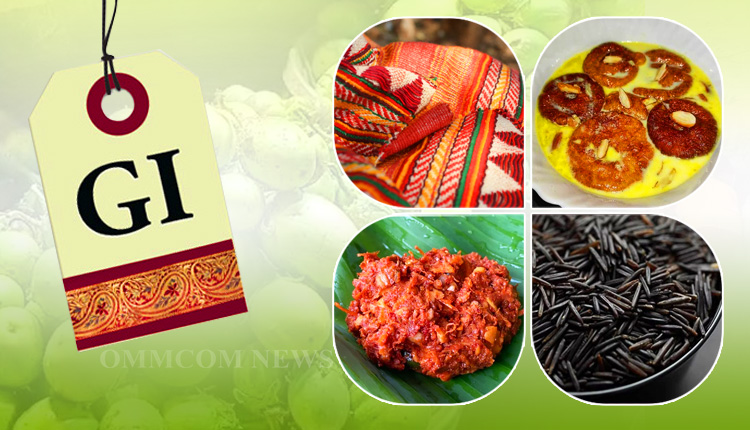- Courses
- GS Full Course 1 Year
- GS Full Course 2 Year
- GS Full Course 3 Year
- GS Full Course Till Selection
- Answer Alpha: Mains 2025 Mentorship
- MEP (Mains Enrichment Programme) Data, Facts
- Essay Target – 150+ Marks
- Online Program
- GS Recorded Course
- Polity
- Geography
- Economy
- Ancient, Medieval and Art & Culture AMAC
- Modern India, Post Independence & World History
- Environment
- Governance
- Science & Technology
- International Relations and Internal Security
- Disaster Management
- Ethics
- NCERT Current Affairs
- Indian Society and Social Issue
- NCERT- Science and Technology
- NCERT - Geography
- NCERT - Ancient History
- NCERT- World History
- NCERT Modern History
- CSAT
- 5 LAYERED ARJUNA Mentorship
- Public Administration Optional
- ABOUT US
- OUR TOPPERS
- TEST SERIES
- FREE STUDY MATERIAL
- VIDEOS
- CONTACT US
Thangka Art
Thangka Art
27-08-2024
- The Thangka painting is a work of art and also a matter of cultural identity for the Tibetans residing in Majnu Ka Tila, Delhi.
- The traditional Thangkas are usually small in size and many of the original ones came in sets or as a series of narrative mythological scenes.
About Thangka Art

Origin and history:
- Tibetan Buddhist painting developed from widespread traditions of early Buddhist paintings which now only survive in a few sites such as the Ajanta Caves in India and the Mogao Caves in China.
- The thangka form developed alongside the tradition of Tibetan Buddhist wall paintings, which are or were mostly in monasteries.
- The early history of the art form is more easily traced through these murals, which survive in greater numbers.
Features:
- It is a Tibetan Buddhist painting on cotton, silk applique, usually depicting a Buddhist deity, scene, or mandala.
- Thangka means ‘thing that one unrolls’, which means unframed painting rolled up after completion. These paintings are usually called unframed.
- The most common is a loosely woven cotton produced in widths from 40 to 58 cm (16 - 23 inches). While some variations do exist, thangkas wider than 45 cm (17 or 18 inches) frequently have seams in the support.
- The paint consists of pigments in a water-soluble medium of animal glue. Both mineral and organic pigments are used.
- Commonly painted by Holy lamas or Buddhist monks.
- The intricate pieces depict the life story of Buddha or other Buddhist deities and influential Lamas and serve both as devotional objects and teaching tools.
- Most thangkas were intended for personal meditation or instruction of monastic students.
- A central deity is often surrounded by other identified figures in a symmetrical composition.
- Narrative scenes are less common, but do appear.
- One important subject is the Wheel of Life (Bhavachakra), which is a visual representation of the Abhidharma teachings (Art of Enlightenment).
- Two largest thangkas are displayed at Potala Palace in Tibet, which also holds a collection of 10,000 Thangka paintings dating back to 300 years.

Thangka Painting in India:
- Thangkas were painted in all the areas where Tibetan Buddhism flourished, which included Mongolia, Ladakh, Sikkim, and parts of Himalayan India in Arunachal Pradesh, Dharamshala, and Lahaul and Spiti district in Himachal Pradesh.
- Thangka paintings of Himalayan North-East Zone are a sacred form of art maintained and preserved by the local Buddhist.
- Thangka paintings are a reliable source of information and pillar of Buddhism.
- Tibetan Thangkas have depictions of Rinpoche and Dalai Lama whereas Sikkimese Thangkas have depictions of Chogyal or last King of Sikkim along with Rinpoche and Monks.
Though Thangka art has also ben influenced by industrialisation, commercialisation and mass production, it has not impacted the traditional production method unlike India’s Madhubani art, which has seen a decline in quality due to adoption of non-traditional colour schemes.



